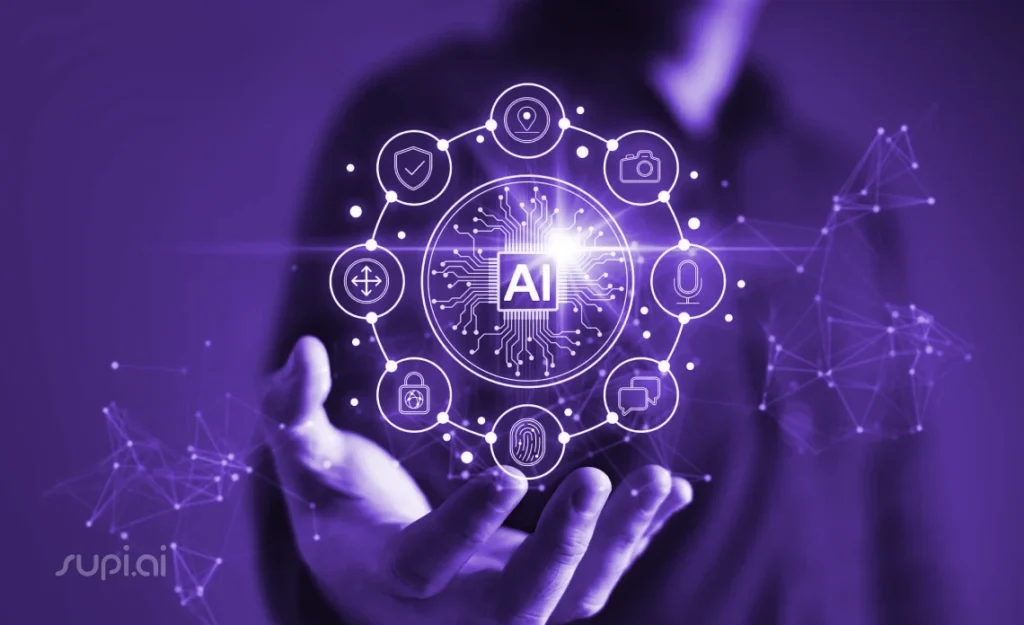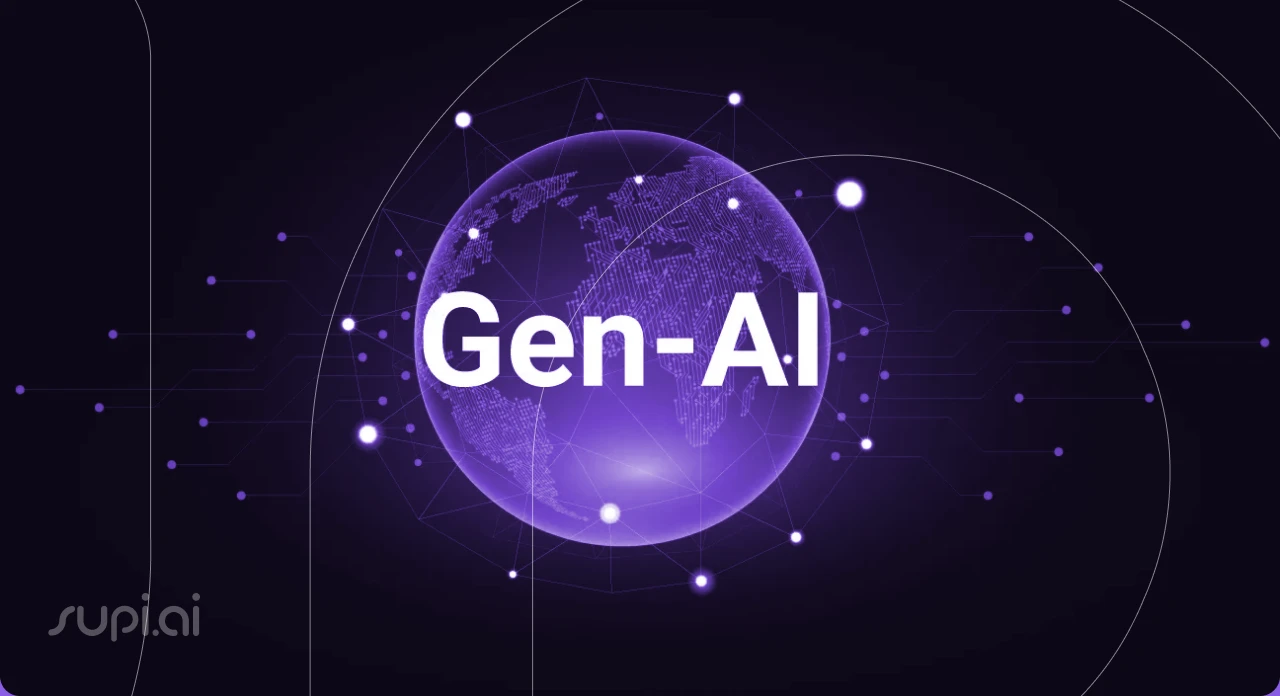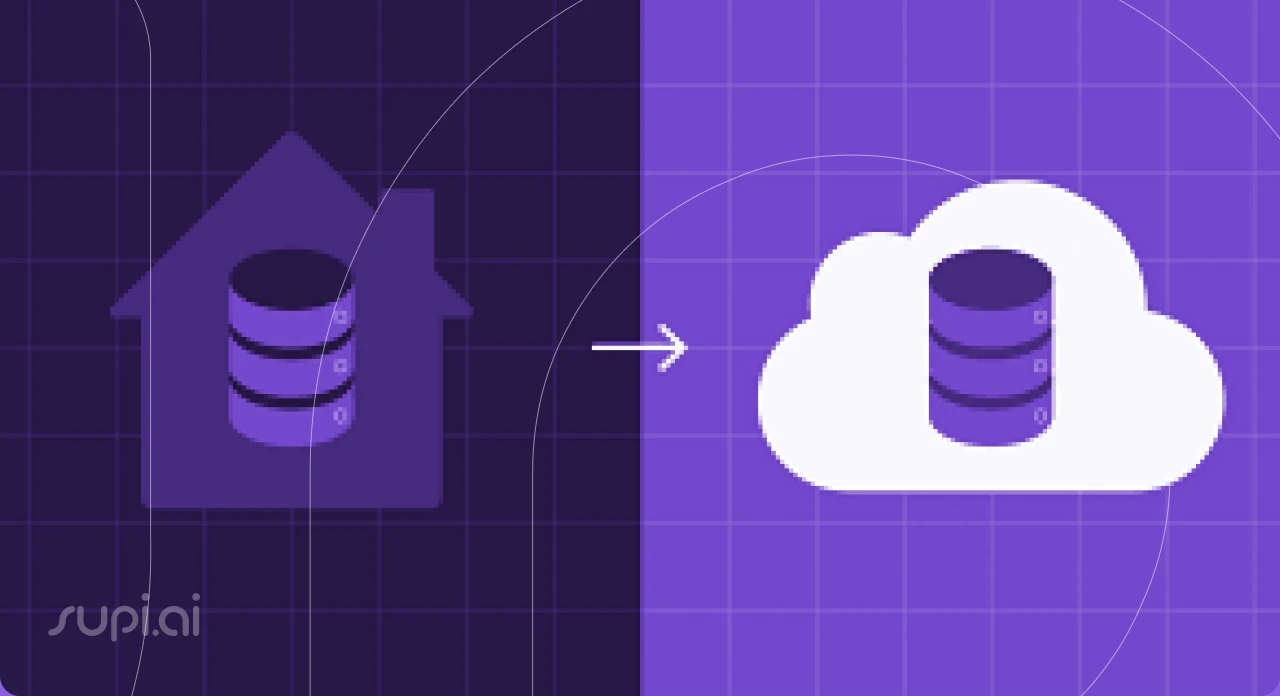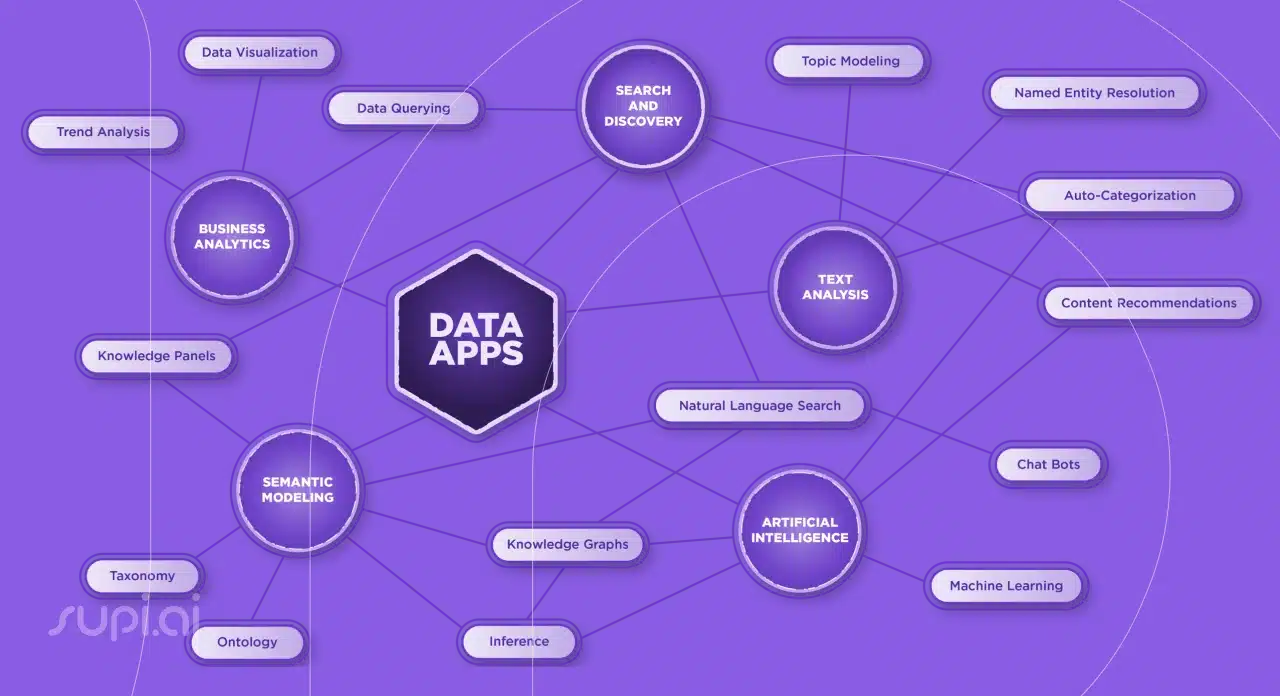In the ever-evolving landscape of artificial intelligence, Generative AI (Gen AI) is emerging as a powerful tool. But to harness its full potential, you need to prepare your data meticulously. Let’s dive into how to effectively prepare your data for Gen AI.
What is Gen AI?
Generative AI refers to algorithms that can generate new content, including text, images, and even music, by learning patterns from existing data. It’s like having a super-smart assistant that can create something new based on what it has learned from the past.
Importance of Data Preparation for Gen AI
Data preparation is the backbone of any AI project. For Gen AI, having well-prepared data ensures that the models you build are accurate, reliable, and efficient. Poor data preparation can lead to models that are biased, inaccurate, and ultimately, useless.
Understanding Gen AI and Its Data Requirements
Definition and Overview of Gen AI
Gen AI involves machine learning models that generate new data samples similar to the training data. It’s used in various applications, from generating realistic images to creating human-like text responses.
Types of Data Needed for Gen AI
For Gen AI to work effectively, it needs high-quality, diverse, and voluminous datasets. This data can come from various sources, including text, images, audio, and more.
Quality vs. Quantity: Finding the Balance
While having a large dataset is beneficial, the quality of the data is equally important. High-quality data ensures that the Gen AI models learn accurately and generate reliable outputs.

Steps to Prepare Your Data for Gen AI
Data Collection
Identifying Data Sources
The first step is to identify the right data sources. These could be internal databases, publicly available datasets, or data purchased from third-party vendors.
Ensuring Data Diversity
Diverse data ensures that the Gen AI model can generalize well. It should include different scenarios and variations to avoid bias and improve model robustness.
Data Cleaning
Removing Inconsistencies
Data cleaning involves removing duplicates, correcting errors, and ensuring consistency. This step is crucial to avoid feeding incorrect information to the model.
Handling Missing Values
Missing data can skew the model’s learning process. Techniques such as imputation or using algorithms that handle missing values can help.
Data Transformation
Normalizing and Standardizing Data
Normalizing ensures that all data points have a similar scale, which is essential for the model to learn efficiently. Standardization, on the other hand, transforms data to have a mean of zero and a standard deviation of one.
Feature Engineering
Feature engineering involves creating new features from existing data that can help the model learn better. This could include combining features, extracting useful information, and more.

Data Annotation and Labeling
Importance of Labeled Data
Labeled data is critical for supervised learning tasks. It helps the model understand the relationship between input and output.
Tools and Techniques for Data Annotation
Various tools can help with data annotation, from manual labeling to automated tools. Choosing the right tool depends on the type of data and the project requirements.
Best Practices for Data Labeling
Ensuring accuracy and consistency in labeling is crucial. Regular audits and using multiple annotators can help maintain high standards.
Ensuring Data Quality and Integrity
Data Quality Metrics
Metrics like accuracy, completeness, and consistency help in assessing data quality. Regular checks and validation are necessary to maintain these standards.
Regular Data Audits
Conducting regular data audits helps identify and rectify issues promptly. This ensures that the data remains reliable over time.
Dealing with Bias in Data
Bias in data can lead to biased models. Identifying and mitigating bias is crucial for building fair and accurate Gen AI models.
Utilizing Synthetic Data
What is Synthetic Data?
Synthetic data is artificially generated data that mimics real data. It’s useful when real data is scarce or when privacy concerns prevent using actual data.
Advantages of Using Synthetic Data
Synthetic data can augment real data, providing more training examples and reducing the risk of overfitting. It also helps in protecting sensitive information.
Generating Synthetic Data
There are various techniques to generate synthetic data, including GANs (Generative Adversarial Networks) and data augmentation methods.
Data Storage and Management
Choosing the Right Data Storage Solutions
Selecting the appropriate storage solution depends on the volume and type of data. Options include relational databases, NoSQL databases, and cloud storage.
Data Management Best Practices
Effective data management involves organizing data, ensuring easy access, and maintaining data integrity. Implementing data governance policies can help achieve this.
Ensuring Data Security and Privacy
Data security is paramount. Implementing encryption, access controls, and regular security audits can protect data from breaches and unauthorized access.
Leveraging Cloud Services for Data Preparation
Benefits of Cloud-Based Data Preparation
Cloud services offer scalability, flexibility, and cost-effectiveness. They also provide tools for data processing, storage, and analysis.
Popular Cloud Services for Data Management
Services like AWS, Google Cloud, and Azure offer comprehensive solutions for data management, making it easier to prepare data for Gen AI.
Migrating Your Data to the Cloud
Migrating data to the cloud involves transferring data from on-premises storage to cloud-based solutions. Planning and executing this migration carefully is crucial to avoid data loss and downtime.
Data Preparation Tools and Technologies
Overview of Data Preparation Tools
There are numerous tools available for data preparation, ranging from open-source options to commercial solutions. These tools help in data cleaning, transformation, and management.
Comparison of Popular Tools
Comparing tools based on features, ease of use, and cost can help in selecting the right one for your needs. Popular tools include Talend, Alteryx, and Trifacta.
Choosing the Right Tool for Your Needs
The choice of tool depends on the specific requirements of your project, the type of data, and the expertise of your team.

Case Studies: Successful Data Preparation for Gen AI
Example 1: Healthcare Industry
In healthcare, preparing patient data for Gen AI models has led to significant improvements in diagnostics and treatment plans.
Example 2: Financial Services
Financial services use Gen AI to analyze market trends and detect fraud. Proper data preparation is critical for accurate predictions and analysis.
Example 3: Retail Sector
Retailers leverage Gen AI for personalized marketing and inventory management. Well-prepared data helps in creating effective models that drive business growth.
Challenges in Data Preparation for Gen AI
Common Obstacles
Challenges include data quality issues, lack of skilled personnel, and integrating data from multiple sources.
Overcoming Data Preparation Challenges
Investing in the right tools, training staff, and establishing robust data governance policies can help overcome these challenges.
Learning from Failures
Analyzing past failures and learning from them can improve future data preparation efforts.
Best Practices for Continuous Data Preparation
Establishing Data Preparation Pipelines
Creating automated pipelines for data collection, cleaning, and transformation ensures continuous data preparation.
Continuous Monitoring and Improvement
Regularly monitoring data quality and making necessary adjustments can maintain high standards.
Keeping Up with Evolving Data Requirements
As data requirements evolve, staying updated with the latest tools and techniques is crucial.
The Future of Data Preparation for Gen AI
Emerging Trends
Trends like automated data preparation, real-time data processing, and the use of AI in data preparation are shaping the future.
The Role of Automation
Automation is reducing the time and effort required for data preparation, allowing teams to focus on more strategic tasks.
Preparing for Future Challenges
Anticipating future challenges and staying adaptable will be key to successful data preparation.
Conclusion
Preparing data for Gen AI is a multifaceted process that requires careful planning and execution. By following the strategies outlined above, midsize enterprises can overcome the challenges and leverage the power of Gen AI effectively.



